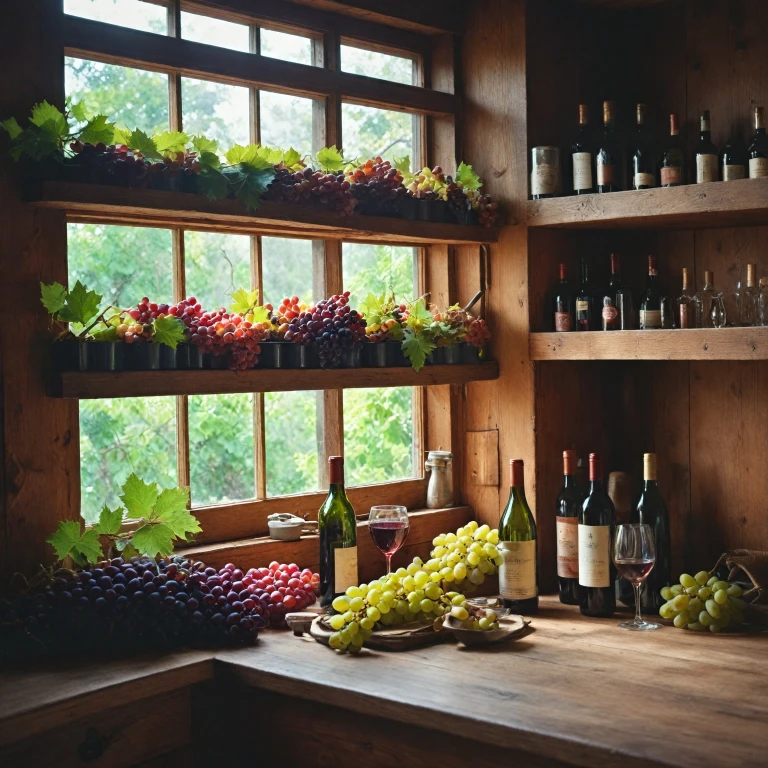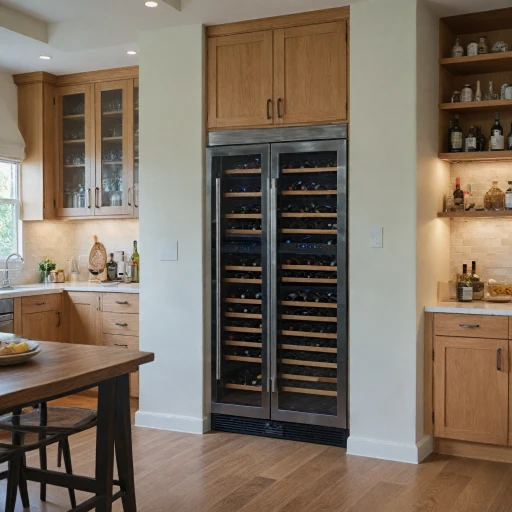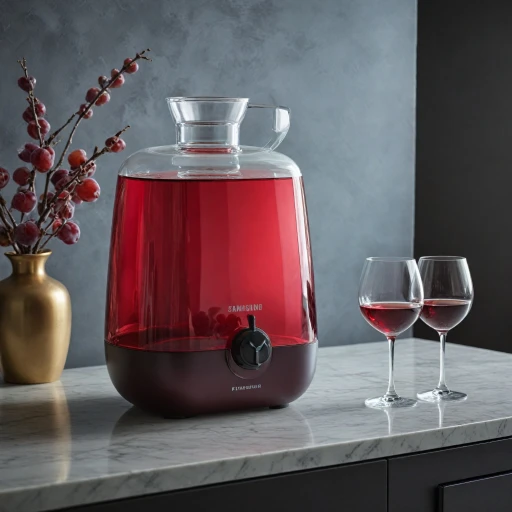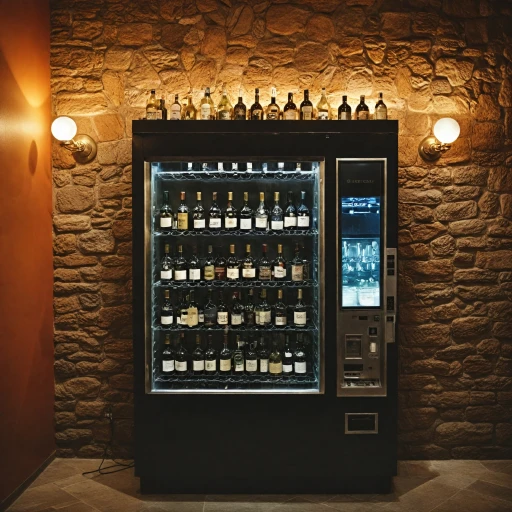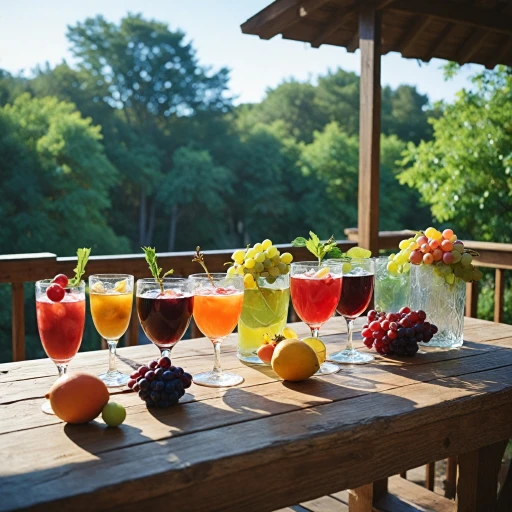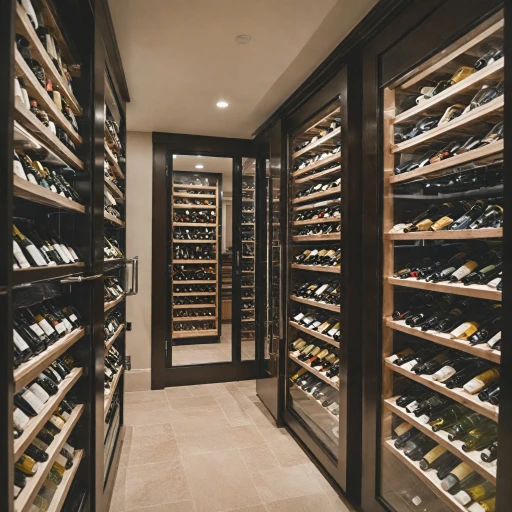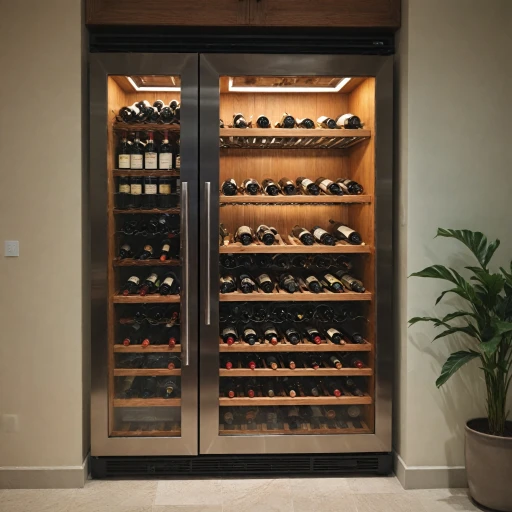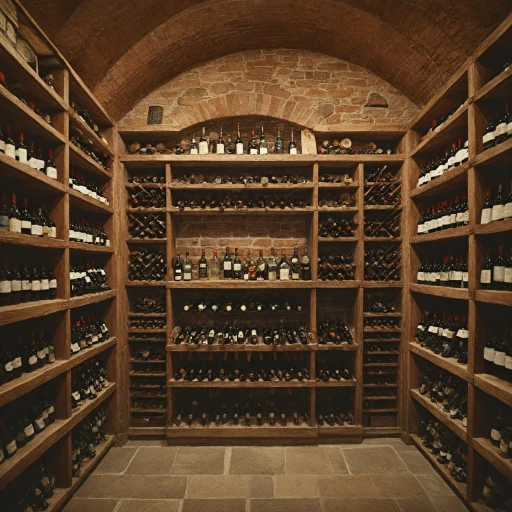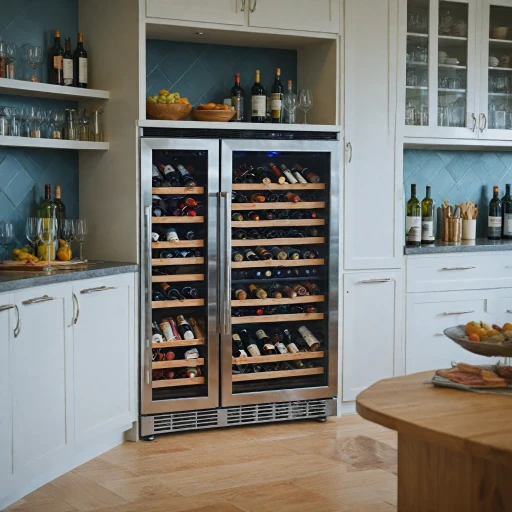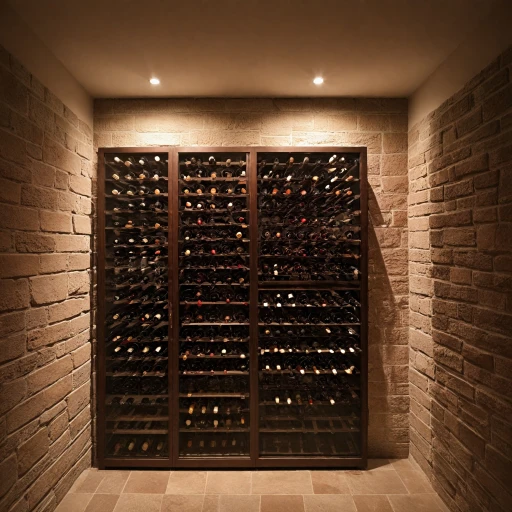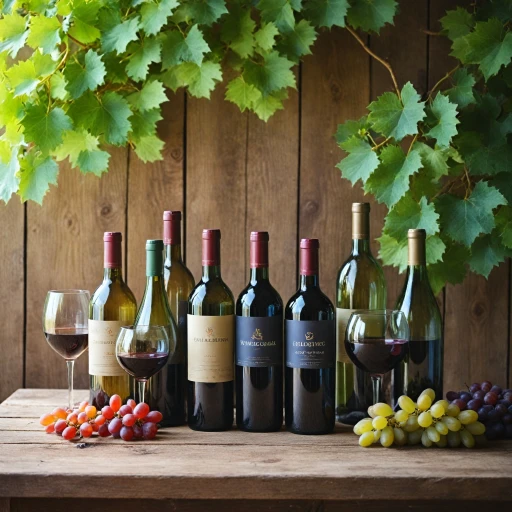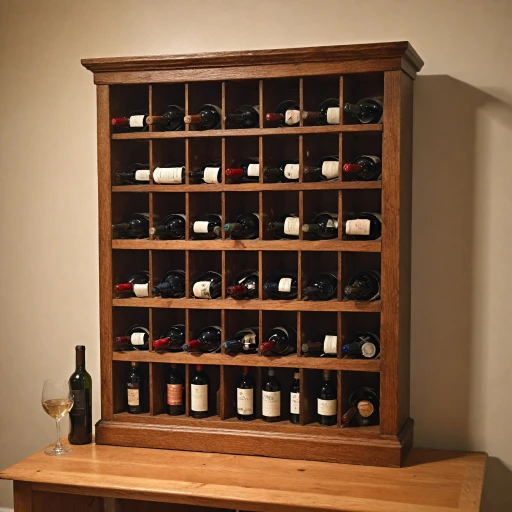
Understanding Wine Kits
Navigating the World of Wine Kits
Embarking on a wine making journey through wine kits promises a fusion of creativity and convenience. At its core, a wine kit is a comprehensive package that includes almost everything you’ll need to create wine at home. This option is particularly attractive for beginners or those seeking a streamlined process. Wine kits typically offer a wide range of varietals, from robust reds like Cabernet Sauvignon to crisp whites such as California Pinot. You may also find specialty kits featuring fruit wines or even private reserve blends, like the popular Vineco Original Series and Island Mist collections. Each package generally contains concentrated grape juice, yeast, and other essential additives, making it simple for wine enthusiasts to start crafting. Understanding the intricacies and differences among wine kits is crucial. They range widely in price and complexity, and can affect the outcome in terms of taste and quality. Indeed, some kits are designed for novice winemakers, providing straightforward instructions and packaged ingredients, while others cater to experienced hobbyists who prefer experimenting with different recipes. Reading reviews and gauging the type of wine you wish to produce can aid in making an informed decision. For those keen on crafting their own wine from home with wine kits, remember that achieving a fine wine requires attention to details like proper storage and maintenance practices. To deepen your understanding of the critical role that wine coolers play in the preservation process, explore our insights here. Through this seamless process, you not only discover the nuances of wine making but can also enhance your wine kit experience.Choosing the Right Wine Kit
Factors to Consider When Selecting a Wine Kit
Choosing the right wine kit can be a delightful yet daunting task, especially with the plethora of options available. Whether you're a novice or a seasoned wine maker, selecting a kit that aligns with your preferences and skill level is crucial. Here are some key factors to consider:
- Type of Wine: Decide whether you want to make a red, white, or fruit wine. Popular choices include Pinot Noir, Cabernet Sauvignon, and California White. Each type offers a unique flavor profile and complexity.
- Kit Quality: Look for kits from reputable brands like Vineco and Master Vintner. These often come with high-quality ingredients and detailed instructions, ensuring a smoother wine making experience.
- Price and Value: Kits vary in price, from budget-friendly options to premium Private Reserve kits. Consider your budget and the value offered by the kit, including the quantity and quality of wine it produces.
- Reviews and Recommendations: Check online reviews and forums for insights from other wine makers. This can provide valuable information on the kit's ease of use and the quality of the final product.
- Additional Features: Some kits, like the Island Mist series, offer unique flavors and aromas by incorporating fruit essences. If you're interested in experimenting, these kits can add an exciting twist to your wine making.
Exploring the Options
With a wide range of wine kits available, from the Original Series to specialty kits like Vineco Original, it's essential to explore your options. For those interested in a quick view of available kits, many retailers offer fast free shipping and sales, making it easier to compare and choose.
For a deeper dive into the world of wine kits and to view full details, you might find it helpful to explore resources like this guide on wine vending machines, which offers insights into the broader wine making landscape.
Step-by-Step Wine Kit Process
Initiating Your Wine Kit Journey: A Step-by-Step Guide
Embarking on the wine-making experience through a kit can be both gratifying and straightforward. Whether you're delving into a classic pinot noir or experimenting with an exotic fruit wine, each wine kit offers a distinct process intertwined with a detailed recipe. Here's a step-by-step guide to help you transform your wine kit into a delightful bottle of wine.- Selection and Preparation: Starting your adventure involves understanding the type of wine you're looking to create. From a red cabernet sauvignon to a refreshing white blend, the choice of the kit will dictate your flavor profile. Opt for well-reviewed brands such as Vineco or Master Vintner, which provide comprehensive instructions and high-quality ingredients. Ensure all equipment is sanitized to prevent any contamination.
- Fermentation Kick-off: Begin by mixing your concentrate with water in the fermenter as directed by your wine kit. Adding the yeast is pivotal, initiating the fermentation process that transforms the sugar into alcohol. Depending on the kit's specifics, the added yeast acts uniquely, especially if you're using reserve or island mist kits.
- Patience During Fermentation: Allow the primary fermentation to proceed as per your kit's timetable. This typical phase can last a few days to a week. For a beautiful California fruit wine, the island mist kit might recommend a specific duration ensuring a balanced sweetness.
- Transition to Secondary Fermentation: Post-primary fermentation, you'll transfer the wine into a clean carboy. Here, the wine will clarify and mature. It’s during this stage that additional flavors can develop, bringing depth to your reserve kit recipe.
- Bottling and Aging: Once your wine has cleared and stabilized, it’s time to bottle. Having clean, reusable bottles is key. Whether opting for a quick view option such as a kit vineco original or the more nuanced private reserve ranges, aging further refines the flavor and complexity of your homemade wine as you store it properly.
Common Challenges and Solutions
Overcoming Obstacles in Wine Kit Making
Embarking on the journey of making wine with a kit can be rewarding, but it comes with its own set of challenges. Understanding these common hurdles and their solutions can enhance your wine-making experience and ensure a successful outcome.
Fermentation Issues
One of the most frequent challenges is fermentation not starting or stopping prematurely. This can be due to temperature fluctuations or expired yeast. Ensure your fermentation area maintains a consistent temperature, ideally between 65-75°F, and always check the yeast's expiration date before starting. If fermentation stalls, gently stir the must to reactivate the yeast.
Cloudy Wine
Cloudiness in your wine can be disappointing, especially when aiming for a clear, professional-looking product. This often results from incomplete fermentation or insufficient clearing agents. To address this, ensure fermentation is complete before proceeding to the clearing stage, and consider using additional fining agents if necessary.
Off-Flavors
Off-flavors can occur due to contamination or improper sanitation. Always prioritize cleanliness by sterilizing all equipment before use. If you encounter off-flavors, consider aging the wine longer, as some undesirable tastes can mellow over time.
Balancing Fruit and Sweetness
For those venturing into fruit wine or island mist kits, achieving the right balance of fruitiness and sweetness can be tricky. Taste your wine throughout the process and adjust with sugar or acid blends as needed. Remember, patience is key, as flavors develop and integrate over time.
Storage and Aging
Proper storage is crucial for wine quality. Ensure your wine is stored in a cool, dark place, ideally in a wine cooler or cellar. This not only preserves the wine but also enhances its flavors over time. For more insights on storage, refer to the section on wine kit storage and maintenance.
By anticipating these challenges and implementing these solutions, you can navigate the wine kit process with confidence and produce a wine that rivals even the finest California pinot noir or cabernet sauvignon.
Enhancing Your Wine Kit Experience
Elevate Your Wine Making Journey
Embarking on the world of wine making with a wine kit offers a remarkable opportunity to create personalized blends at home, yet there are meaningful ways to enhance this experience further. By focusing on a few vital aspects, you can elevate the outcome of your effort, producing wines that rival even those from acclaimed vineyards.- Experiment with Additions: Incorporating fruit into your wine kits can add a refreshing twist. Consider trying fruit wine options like Island Mist to introduce vibrant flavors into your kit. Vineco offers a variety of fruit inclusions that can transform a simple white or red wine, enriching the depth of your drink.
- Focus on Quality Ingredients: When you choose a kit, pay attention to the ingredients it includes and the price range. Kits like the Private Reserve or Vineco Original Series ensure you're getting top-quality components, resulting in an exceptional home-brewed wine.
- Refine Recipes: Innovate with your wine recipe kits by tweaking the sugar levels or experimenting with different yeast varieties. Such subtle adjustments in a pinot noir or cabernet sauvignon can significantly alter the flavor profile, offering a unique experience.
- Reviews for Guidance: Do your research. Wine kit reviews can offer insights into the experience of other enthusiasts, revealing best practices or alternatives for achieving a communal wine style comparable to California’s sauvignon or a complex red wine.
- Utilize Advanced Kits: Consider advanced kits like those from Master Vintner, known for producing reserve wines with exceptional character. These kits often come with detailed instructions that optimize the wine-making process.
- Incorporate Beer Techniques: On a more experimental note, some wine makers suggest introducing techniques from beer making to bring out varied aromatic and flavor elements. The cross-over with beer making processes has been known to yield unexpected enhancements to the wine’s body and bouquet.
- Avail Quick View of Products: With the fast free delivery options, it becomes easier to try different kits without delay. Opt for a quick view of products to streamline your choices on any sale platform.
Wine Kit Storage and Maintenance
Proper Storage Techniques for Wine Kits
Storing your wine kit properly is crucial to preserving the quality of your homemade wine. Whether you're working with a Vineco Original Series or a Private Reserve kit, the principles remain the same. Ensure that your wine is stored in a cool, dark place, away from direct sunlight. This helps maintain the integrity of the flavors, whether you're crafting a California Pinot Noir or a fruit wine from the Island Mist collection.
Maintaining Your Wine Making Equipment
Regular maintenance of your wine making equipment is essential to ensure consistent results. After each use, clean all tools thoroughly to prevent any residue from affecting future batches. This is particularly important if you're alternating between red wine and white wine recipes, as residues can alter the taste profile of your next batch. Consider investing in a fast free cleaning solution to make this process more efficient.
Monitoring Wine Kit Conditions
Keeping an eye on the conditions in which your wine kits are stored can prevent common challenges discussed earlier. Temperature fluctuations can impact the fermentation process, so aim for a stable environment. If you're using a kit like the Master Vintner, reviews suggest that maintaining a consistent temperature can significantly enhance the final product.
Long-Term Wine Kit Storage
For those who purchase wine kits in bulk during a sale, proper long-term storage is key. Store kits like the Vineco Original Series or the Private Reserve in a dry area to prevent moisture damage. This is especially important for kits that include fruit components, as moisture can lead to spoilage.
Enhancing Your Wine Kit Experience
To elevate your wine making experience, consider experimenting with different recipes. Whether you're crafting a classic Cabernet Sauvignon or exploring a new fruit wine recipe, the possibilities are endless. For those interested in beer making, some wine making kits also offer beer options, providing a versatile experience for enthusiasts.

